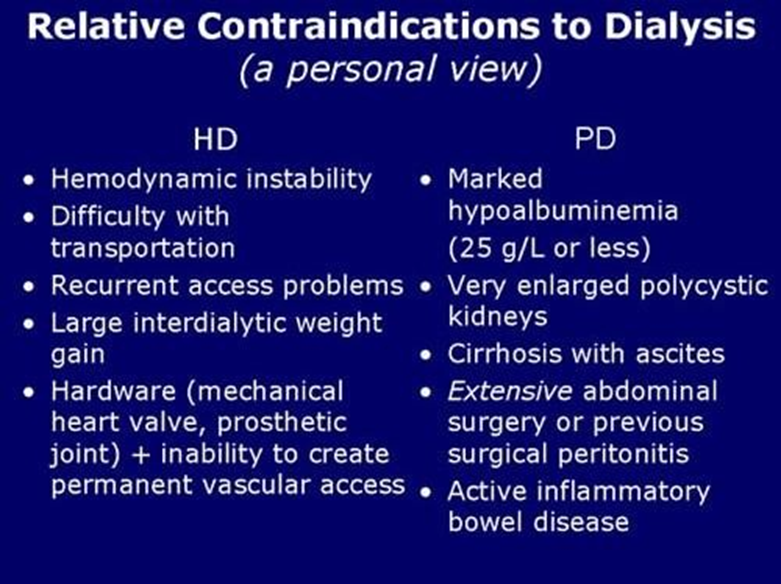Patient Data
Complete the diagram by dragging from the choices area to specify which condition the client is most likely experiencing, two actions the nurse should take to address that condition, and two parameters the nurse should monitor to assess the client's progress.
The Correct Answer is []
Potential condition: Retinopathy
Actions to take: Orient the client to the environment; Call for an ophthalmological exam
Parameters to monitor: Blood glucose; Visual acuity
Rationale:
Based on the patient data provided, the client is most likely experiencing retinopathy, particularly diabetic retinopathy, which is a common complication of diabetes and can lead to progressive vision loss. The elevated HBA1C level indicates poor blood glucose control, which can contribute to the worsening of this condition.
The nurse should call for an ophthalmological exam to confirm the diagnosis and assess the extent of retinal damage. Additionally, orienting the client to the environment is important to ensure safety due to the vision impairment. Monitoring the client's blood glucose levels is crucial for managing his diabetes and potentially stabilizing or improving the retinopathy.
Visual acuity should also be monitored to track any changes in vision and the effectiveness of interventions. It is essential to manage the underlying diabetes effectively to prevent further progression of retinopathy.
Nursing Test Bank
Naxlex Comprehensive Predictor Exams
Related Questions
Correct Answer is A
Explanation
A. Methotrexate is commonly used in the treatment of rheumatoid arthritis (RA) to slow the progression of the disease by suppressing the immune system's response that causes inflammation. Aspirin may be used concurrently to provide symptomatic relief from pain and inflammation associated with RA.
B. While methotrexate may have side effects, its primary indication in RA treatment is to slow disease progression rather than to mitigate aspirin side effects.
C. Methotrexate and aspirin typically work through different mechanisms of action and are not typically used together to enhance each other's effectiveness.
D. Methotrexate and aspirin have different side effect profiles, but the primary reason for adding methotrexate is to slow the progression of RA rather than to replace aspirin due to side effects.
Correct Answer is A
Explanation
A. Crohn's disease with colectomy. Peritoneal dialysis involves instilling dialysis fluid into the peritoneal cavity, and conditions that affect the integrity or function of the peritoneum, such as Crohn's disease with colectomy, can be contraindications due to the risk of infection or inadequate dialysis.

B. Latent hepatitis C is not a contraindication for peritoneal dialysis, although active hepatitis C infection may be a concern due to increased risk of peritonitis.
C. Type 2 diabetes mellitus is not a contraindication for peritoneal dialysis; in fact, it is a common cause of end-stage renal disease and may necessitate dialysis.
D. Nephrotic syndrome history is not a contraindication for peritoneal dialysis; in fact, peritoneal dialysis may be indicated in some cases of renal failure associated with nephrotic syndrome.
Whether you are a student looking to ace your exams or a practicing nurse seeking to enhance your expertise , our nursing education contents will empower you with the confidence and competence to make a difference in the lives of patients and become a respected leader in the healthcare field.
Visit Naxlex, invest in your future and unlock endless possibilities with our unparalleled nursing education contents today
Report Wrong Answer on the Current Question
Do you disagree with the answer? If yes, what is your expected answer? Explain.
Kindly be descriptive with the issue you are facing.
